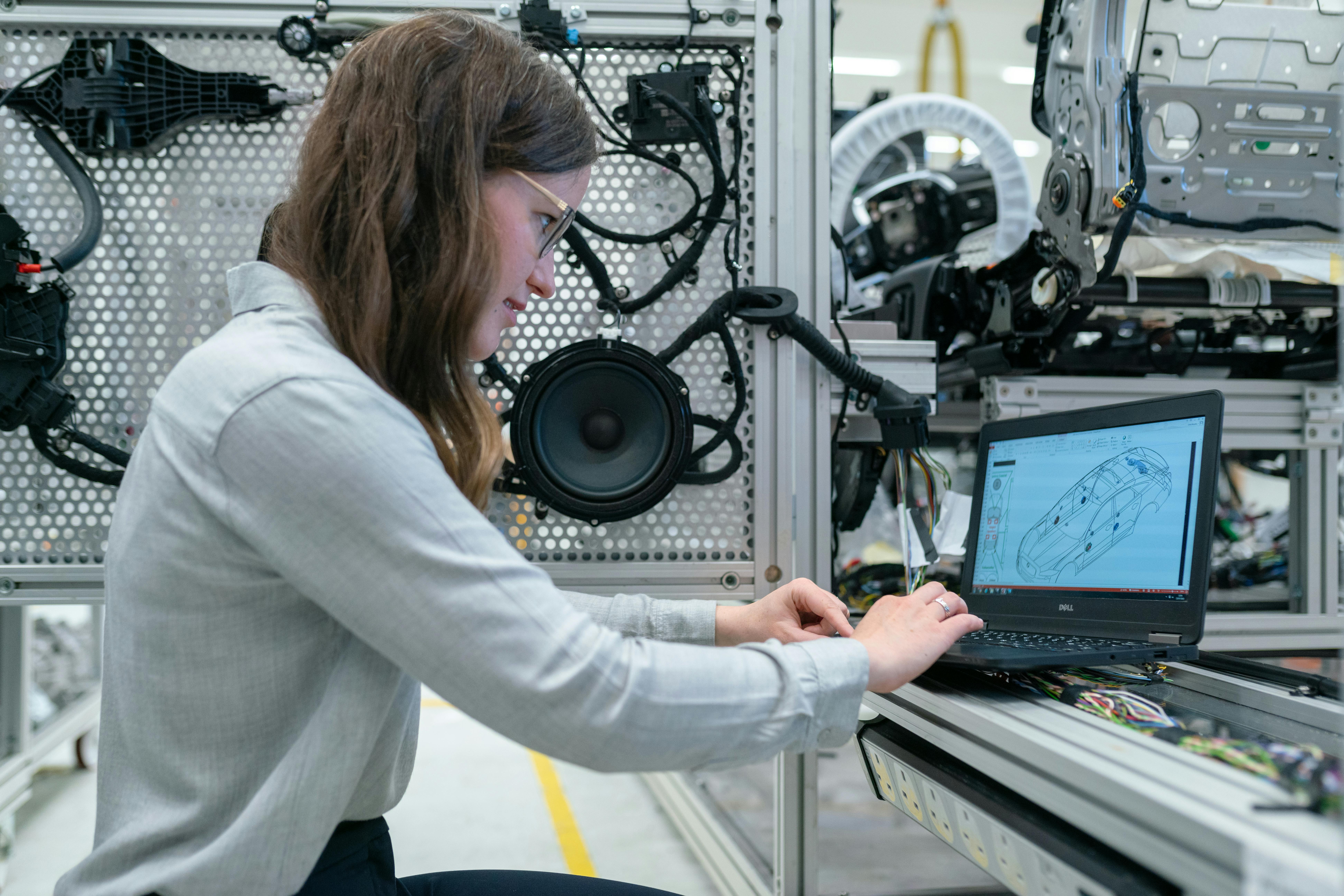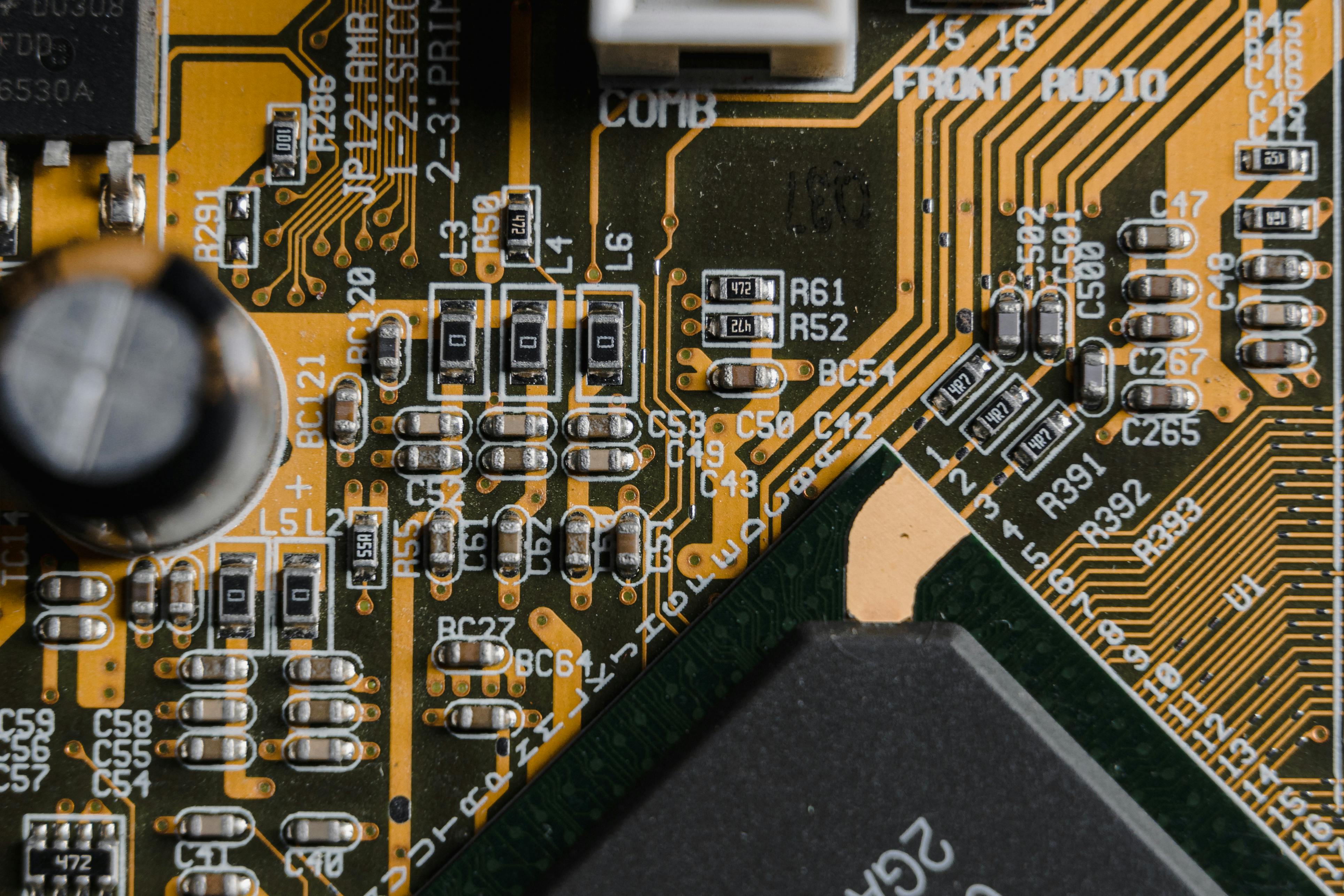Pull-out force measurement is one of the most important tests to ensure that connections meet the most stringent standards and requirements. But what is pull-out force and why is it so important to test it?
The importance of crimped contacts and wires in the automotive industry
Reliable electrical systems are a cornerstone of the modern automotive industry. These systems rely on components, one of the most important of which is the connection of crimped contacts and wires. But why are they so important?
Crimped contacts are designed to ensure the smooth flow of electricity, connecting the various electrical components of the car. For example, when you turn on the ignition the system uses a series of contacts to carry current from the battery to the starter motor. If any of these contacts are loose or faulty, the car won't start.
Quality crimped connections also reduce contact resistance. This is particularly important because excessive heat sources and the accompanying power losses can lead to failures. A good, crimped joint will ensure minimised resistance so the car can run reliably and efficiently.
Another important aspect is vibration resistance. Cars are in motion, so it is important that the wiring and contacts are resistant to mechanical stress and wear. Crimp technology allows the design of joints that retain their stability and performance over time.
What is pull-out force?
The concept of pull-out force is often mentioned in the automotive industry, especially when considering the quality of crimped joints. But what does it mean and why is it so important in manufacturing?
The pull-out force or tension is essentially the amount of force required to separate a wire from a crimped connection. This value plays a crucial role in assessing the reliability and stability of an electrical system. If the connection is weak and easily released, it can cause serious faults in the operation of the car. Just think of the consequences of an electrical connection that breaks during driving.
Therefore, when testing crimped connections, specially designed equipment is often used to measure the pull-out force. The resulting data allow engineers to judge the strength and reliability of the connections. The optimum pull-off force is influenced by the quality of the materials and by the crimping technique. A well-designed crimp ensures that the connection can withstand the physical and environmental stresses that the vehicle may be subjected to in everyday use. It is therefore a method that ensures safety and durability.
Testing the pull-out force with a tension gauge
The pull-out force test measures the force required to separate the wire from the crimped contact. The tension test checks the mechanical strength, stability and electrical conductivity of the crimped contact. A strong, reliable crimp is vital because if the connection is not good, it increases contact resistance, which can affect the performance and reliability of automotive systems.
During the test, the crimped contact is pulled at a constant speed (pulling force) until the maximum force required to break the contact is reached, this is the breaking force. This force is recorded with a special force measuring cell and the results are plotted on a graph, where time (X axis) and force (Y axis) give the measurement curve. The highest peak value, which usually occurs before the rupture, will be taken as the benchmark and this value will be compared with the minimum pull-out force specified in the standard.
Pull-out force measurement with ProDSP
At ProDSP's laboratory, we perform these measurements using state-of-the-art equipment to ensure that the crimps tested meet the stringent requirements of automotive companies. We aim to ensure that each crimp connection has perfect mechanical and electrical properties, guaranteeing the long-term reliability of the final product.
Ultimately, the measurement of the pull-out force is not just a testing step, but the basis for the quality testing of the crimped connections, ensuring that our customers receive the highest quality products possible. We pride ourselves on the ability to perform testing to the highest industry standards in the ProDSP laboratory, contributing to the safety and reliability of automotive systems.




